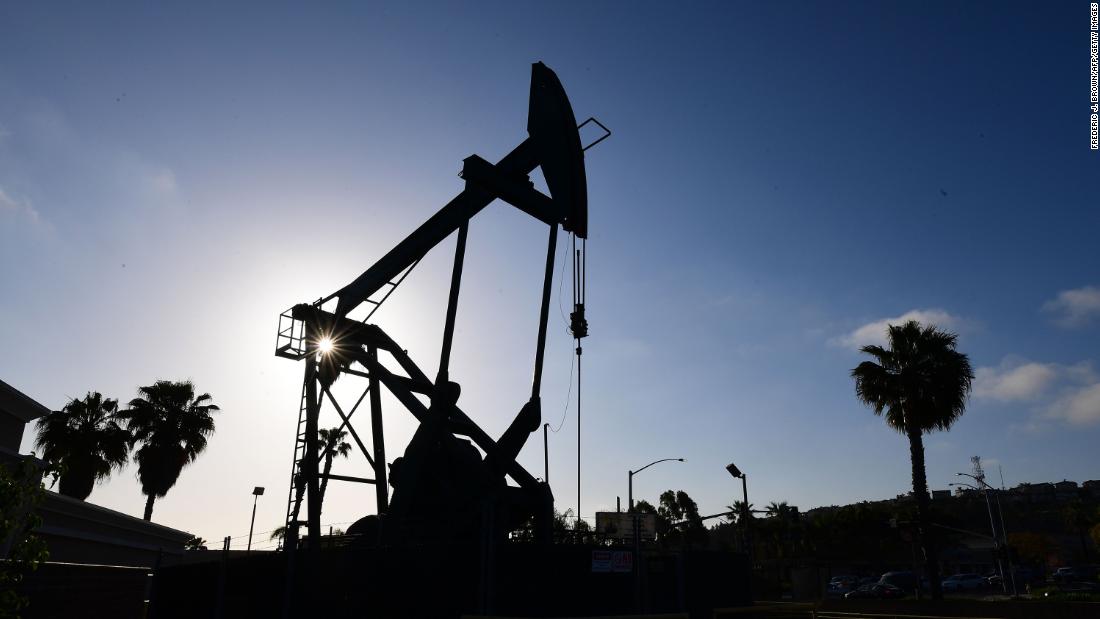This is easily the biggest post-election gain at this point in the presidential cycle since NYMEX oil futures started trading in 1983, according to an analysis by CNN Business. The next closest post-election rally came when oil increased 31% after President George HW Bush’s victory in 1988.
“Higher oil prices are a reflection of optimism about economic growth as the world begins the vaccination process to overcome the pandemic,” said Jason Bordoff, founding director of Columbia University’s Global Energy Policy Center.
And as more Americans are vaccinated, they will be able to fly again, take road trips and cruises – which, in turn, will increase demand for oil crushed by the health crisis. Bank of America predicts that it will grow until 2023 at the fastest rate since the 1970s.
The GameStop Factor
But just as the sale was overblown, some fear that the price slingshot may be getting out of hand.
“This looks more like a financial recovery than a fundamental one,” said Jim Mitchell, head of oil analysts at Refinitiv for the Americas. He estimated that US oil prices are $ 7 to $ 8 higher than where the dynamics of supply and demand suggest they should be.
Consider that American demand for gasoline – the biggest driver of oil prices – has not been so weak in February since 1997.
“We are building the highest cash flow. But if the money continues to flow in, it will become a bit like GameStop,” said Tom Kloza, global head of energy analysis at the Oil Price Information Service.
In other words, the gains may be unsustainable.
“It’s very, very premature. It’s like when someone wins a championship in sports and immediately starts talking about dynasty,” said Kloza.
The $ 3 gasoline risk
The risk is that energy prices will increase to levels that slow recovery, increasing the uncomfortably high costs for drivers.
“Gasoline at $ 3 a gallon is a number that catches the public’s attention, like 100 baseball wins,” said Kloza.
Although Kloza does not think the national average will reach $ 3 a gallon this year, he warned that if it does, it will cause “irresponsible guilt” to the White House and oil producers.
Others are skeptical that higher energy prices will keep Americans tired of quarantine away from roads and planes this summer.
“If you are stuck at home for a year, you will probably go on vacation, whether oil is $ 40 or $ 90,” said Ryan Fitzmaurice, energy strategist at Rabobank.
In any case, today’s digital economy (less manufacturing, more electric vehicles and remote work) may be able to afford higher prices than in the past.
“The economy will be far less sensitive to oil price movements than in our lives, “said Joe Brusuelas, chief economist at RSM International.” Many of us are still prisoners of the oil price shock of the 1970s. But we are several economies away. ”
Last oil dance?
The current The oil rally comes at a time when Washington’s energy policy is undergoing a radical overhaul after four years of the Trump administration, in favor of fossil fuels.
However, analysts doubt that the current rise is directly related to the government’s crackdown on oil. Oil has increased by a more modest 20% since Trump’s last day in office.
“Biden’s climate policy has nothing to do with the current rise in oil prices,” said Bordoff, the Columbia professor who served as an energy consultant during the Obama administration.
But the climate crisis and electric vehicles remain real threats to oil.
In a report entitled “Oil’s Last Dance”, Bank of America recently predicted that EV sales will reach 34% of total car sales in 2030 and will exceed sales of gas-consuming vehicles in 2035. The bank expects the global oil demand will peak around 2030.
